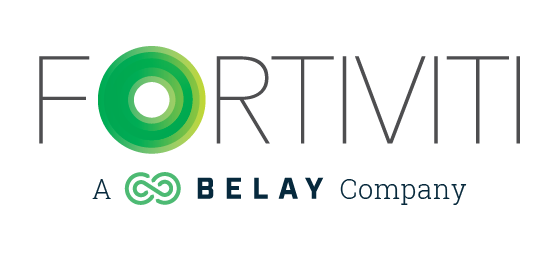
Cash Flow is one of the most critical factors to operating a successful business. Growth requires cash and if your business is not able to effectively manage your cash flow, your growth and long-term success can suffer. Aside from generating new sales, the biggest impact to cash flow is getting that cash from your sales in the door promptly. Reviewing your customer payment options can be a great first step to improving your cash flow.
ACH Initiation
Setting up ACH processing with your customers can be a great way to not only speed up your collections, but allow for predictable incoming cash. With ACH initiation, you sign agreements with your customers that allow you to pull the fees they owe you directly from their bank account.
- If you have a recurring monthly fee, you can do this by setting a specific date each month that your fees will be pulled.
- If you invoice variable amounts, you can do this by setting a specific date following each invoice that your fee will be pulled. For example, if you are delivering wholesale products to a customer based on orders that they place, you may set it up so that you invoice them each Friday and pull the payment for that invoice the following Friday. This allows your customer time to review the invoice and follow up on any questions or discrepancies, but also allows for you to have a consistent flow of cash coming in each Friday.
Getting ACH setup with your bank requires an underwriting process. The bank takes on some risk with ACH payments, since they will be funding your account with your customer’s funds that could later be rejected or returned. The underwriting process will include setting limits on the amounts you can process through ACH – both individually by customer and daily limits.
There are fees associated with ACH processing that your bank will charge. However, the fees are typically pretty minimal compared to other options such as credit card payments.
ACH Payment Option
Instead of ACH initiation, you can offer your customers the option to pay via ACH. This is different in that your customer is initiating the payment after you have invoiced them for services or products. However, it can speed up the process of receiving the payment since they don’t have to cut a check and mail it or process it manually through a bill pay system that will also send a check.
- This also avoids you having to take checks to the bank.
Most accounting systems, like QuickBooks, will have a payment option setup within the system that you can turn on to accept ACH payments. There are fees associated, but typically less than 1% of the transaction.
Credit Card Payment Option
Similar to the ACH Payment option, accepting credit cards can be a great way to speed up payment from a customer. Many customers like to use credit cards to pay their bills, because they receive perks and benefits from their credit card processors. Often, you can also get a customer to process a payment on a credit card when they may not feel comfortable letting go of the cash.
Most accounting systems have credit card processing built in, but you can also sign up for processing through your bank and might save on fees doing it this way. You’ll want to work with your bank to figure out the best way to streamline the process so that you are making it easy for your customer to make the payment.
Credit card fees are more expensive and typically run 2-3%.
Wires
If a customer can wire you a payment, you get your money instantly. However, there are fees associated with this that you’ll want to consider. A wire fee can seem significant at $25-$35 per wire, but if you’re accepting a large payment, that’s a small price to pay for getting your money immediately.
Wires will need to be initiated by the customer through their bank. Fees are typically paid by both the customer sending the payment and you when you receive the payment.
Advance Payments/Deposits
If you’re working on longer-term projects and/or you have long lead times for your work, you may want to consider requiring up front payments or deposits on account. This allows you to get some money up front for the work you’re going to be performing.
For example, if you’re in a construction trade and you sign a project, consider requiring payment for the material up front. This way you know you’ll be covered for the actual cash you have to pay out for the materials, even if you have to wait for the profit and/or labor part of the payment.
While there are fees associated with many payment options, the cost is typically worth it to get your money in the door faster. Consider setting up your customer payment structure so that the timing of payments aligns best with your cash flow needs. Streamlining cash collections will be one of the most significant steps you can take to a healthier business.
Written by: Shauna Huntington
